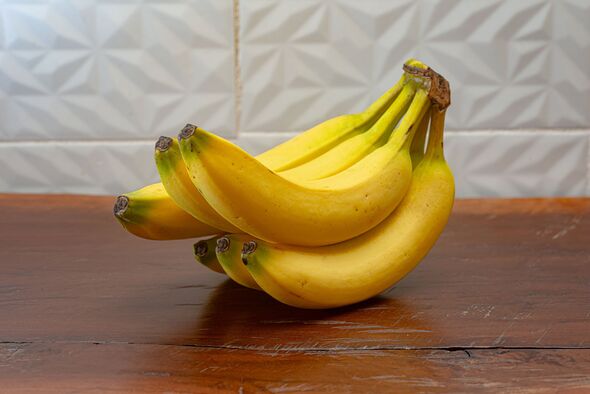Summary
Get more bang for your buck in your citrus cocktails, using this ultra buzzy bartender’s trick for bulking up citrus juice so it’s packed with flavor.
Source: The Takeout

AI News Q&A (Free Content)
Q1: What is the concept of 'super juice' used by bartenders, and how does it enhance the flavor and sustainability of citrus cocktails?
A1: Super juice is a method for extracting juice from citrus fruits that yields up to eight times more juice than traditional methods. It involves peeling the fruit, blending the zest with malic and citric acids, and then juicing the citrus. This method not only enhances the flavor by incorporating aromatic oils from the peel but also extends the juice's shelf life, making it a sustainable option by reducing food waste. This technique was popularized by bartenders like Nickle Morris, who have embraced it for its efficiency and eco-friendly benefits.
Q2: How does the shelf life of citrus juice vary with different storage methods, and what are the best practices to ensure its longevity?
A2: The shelf life of citrus juice differs based on storage conditions. Freshly squeezed juice lasts 2-3 days in the refrigerator, while pasteurized or preserved commercial juices can last up to a year. Freezing juice in ice cube trays can extend its usability to three months. To maximize shelf life, refrigeration is recommended, and freezing provides longer preservation while maintaining flavor integrity.
Q3: What are the health benefits of citrus juice, and how does its consumption impact human health?
A3: Citrus juice is rich in vitamin C and antioxidants, which support immune function and skin health. Regular consumption can reduce the risk of heart disease and improve iron absorption. However, due to its acidity, excessive intake might cause dental enamel erosion. Therefore, moderation and proper oral hygiene are advised to balance benefits and potential risks.
Q4: What are some innovative applications of citrus juice in the food and beverage industry beyond cocktails?
A4: Citrus juice is extensively used in the food and beverage industry for its flavor and preservative properties. Beyond cocktails, it is a key ingredient in salad dressings, marinades, and desserts like lemon meringue pie. Its natural acidity also makes it useful in food preservation and flavor enhancement in various culinary applications.
Q5: How does the historical cultivation of citrus plants influence modern agricultural practices?
A5: Citrus cultivation has ancient roots in South Asia and spread globally through trade routes. This history has influenced modern agricultural practices by promoting hybridization and genetic diversity to improve disease resistance and yield. Understanding these historical cultivation methods allows for better management of citrus crops and adaptation to changing climates.
Q6: What scientific advancements have been made in predicting and managing citrus diseases, and what impact do they have on citrus production?
A6: Recent advancements in machine learning and deep learning have significantly improved the prediction and management of citrus diseases, such as citrus canker and greening. These technologies enable early disease detection, leading to more effective management strategies and reduced economic losses. Implementing these solutions ensures higher quality fruit production and sustainability in the citrus industry.
Q7: What unique challenges do free-ranging dogs face with citrus fruits according to recent studies, and how does this reflect on human-animal interactions?
A7: Studies have shown that free-ranging dogs in India exhibit aversion to citrus fruits, particularly those contaminated with lemon juice. This behavior is a result of adaptation to human-dominated environments where citrus is prevalent. It highlights the complex dynamics of human-animal interactions, where animals adapt behaviorally to co-exist and manage their dietary preferences amidst human waste and food availability.
References:
- When Life Gives You Lemons, Squeeze Your Way Through: Understanding Citrus Avoidance Behaviour by Free-Ranging Dogs in India






